How Black Women in Dubai Face Racial and Gender Discrimination
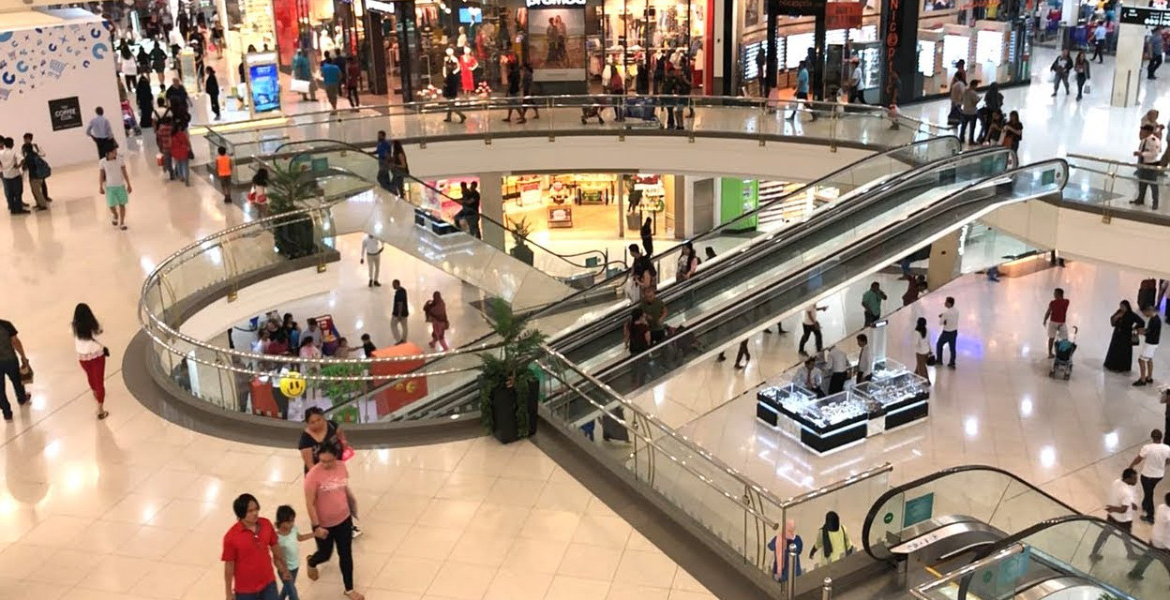
Dubai, the glittering jewel of the UAE, has rapidly transformed itself into a global hub for luxury tourism, commerce, and architectural innovation.
This transformation, however, is underpinned by a vast migrant workforce that constitutes 92% of the emirate’s population, a dynamic that is increasingly drawing international scrutiny amid concerns about labour rights and systemic inequities. Dubai's skyline, dominated by iconic structures such as the Burj Khalifa and the sprawling Dubai Mall, reflects an image of unparalleled progress. Yet, this progress is built on the labour of individuals from over 70 countries, many of whom face significant challenges navigating Dubai’s complex legal and social landscape.
The stark contrast between the opulence enjoyed by affluent expatriates and the realities faced by migrant workers highlights a critical tension at the heart of Dubai’s economic model. The city’s economic framework relies heavily on the Kafala system, a sponsorship-based employment structure that ties a migrant worker's residency and work permits to a single employer, or "kafeel." This system has been widely criticised for enabling exploitation, as employers often confiscate passports, restricting workers' mobility and control over their legal status.
The Kafala system creates an imbalance of power, leaving migrant workers vulnerable to abuse. Beyond the Kafala system, discrepancies in access to essential services further underscore the disparities. For instance, while Emirati citizens receive free healthcare, migrant workers are required to pay substantial fees for medical services. This disparity extends to other areas as well, creating a tiered system of rights and privileges based on nationality and class.
Racial and socioeconomic stratification further compounds these challenges. Employment opportunities and wages are often determined by skin colour, with lighter-skinned expatriates from Europe and North America typically occupying higher-paying positions. South Asian workers, often categorised as "brown," tend to be employed in traditional markets and lower-end entertainment venues.
Those at the bottom of the economic ladder are overwhelmingly from Sub-Saharan Africa, particularly Ethiopia and Nigeria. Black women, in particular, face compounded challenges stemming from both racial and gender-based biases. Reports indicate that black women experience discrimination in various aspects of daily life, from being denied taxi services based on assumptions about their occupation to facing harassment in public spaces.
Even within Dubai’s luxury districts, systemic bias prevails, with security personnel often barring black women from high-end establishments. Furthermore, law enforcement practices have been criticised for reinforcing racial stratification. Black women have reported being disproportionately targeted by immigration police, often accused of being undocumented migrants. They are also discouraged from frequenting wealthier districts and are instead directed to reside in less prestigious neighbourhoods.
The treatment of HIV-positive individuals exemplifies the stark divisions within Dubai’s social fabric. While Emirati citizens diagnosed with HIV receive treatment within the healthcare system, foreign workers with the same diagnosis face immediate deportation. As international scrutiny intensifies, Dubai faces increasing pressure to address these systemic inequities and ensure fair treatment for its vast migrant workforce.


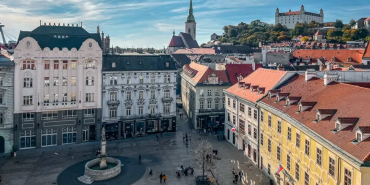
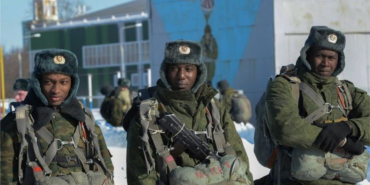
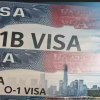
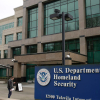
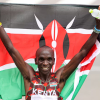

Add new comment